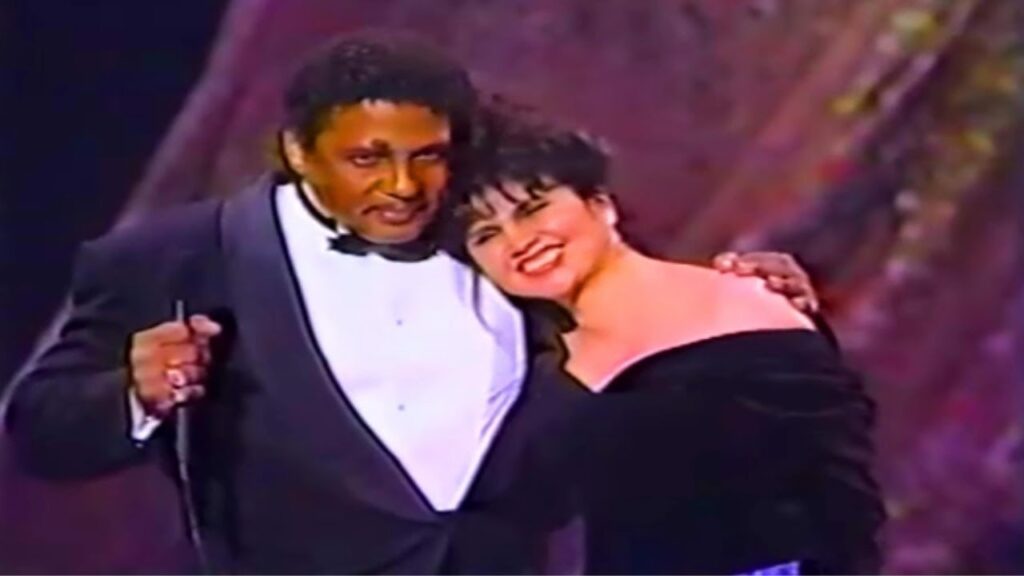
A Tender Testament to Love’s Enduring Certainty Amid Life’s Uncertainties
When Linda Ronstadt and Aaron Neville released “Don’t Know Much” in 1989, the musical landscape was in the throes of transformation—dominated by glossy synth-pop, early hip-hop, and the final echoes of hair metal. Yet, this duet, steeped in soulful vulnerability and timeless melody, struck a resonant chord with listeners across generations. Featured on Ronstadt’s triple platinum album “Cry Like a Rainstorm, Howl Like the Wind,” the song ascended to No. 2 on the Billboard Hot 100 chart and clinched the Grammy Award for Best Pop Performance by a Duo or Group with Vocal in 1990. It was a moment of rare emotional clarity in an often overproduced era—two voices intertwining not just in harmony, but in profound emotional truth.
Originally written by Barry Mann, Cynthia Weil, and Tom Snow, “Don’t Know Much” had already seen earlier iterations, most notably by Mann himself and later by Bill Medley. But it wasn’t until Ronstadt and Neville, each bearing the weight of their own musical histories and expressive gravitas, brought their voices together that the song reached its fullest potential. Their rendition is less a cover than a resurrection—a quiet revelation of love’s simple certainties amidst life’s bewildering complexities.
The song opens with an almost apologetic confession: “Look at this face / I know the years are showing.” It’s an invocation of time—not as a linear chronology but as an emotional burden. From the outset, we’re not dealing with youthful infatuation; this is mature love, weathered and wise. What follows is a litany of life’s ambiguities—questions unanswered, lessons unlearned—but at its center remains one fixed point: “I don’t know much / But I know I love you / And that may be all I need to know.” This refrain becomes both anchor and anthem, turning uncertainty into intimacy.
Musically, the arrangement is understated yet deeply evocative. The track is swathed in gentle keyboard textures, soaring strings, and restrained percussion—an orchestral bed that allows the vocals to command full attention. Ronstadt’s crystalline soprano glides with aching clarity, while Neville’s trembling falsetto brings a hushed reverence to each phrase. Together, they create something nearly sacred—a duet that doesn’t compete but communes.
There is something profoundly human about “Don’t Know Much.” In an age when declarations of love are often masked behind irony or bombast, this song dares to be direct. It acknowledges that wisdom does not always accompany age and that sometimes love survives not because we understand it, but because we believe in it despite everything we don’t understand.
More than three decades later, the track remains a staple on adult contemporary playlists and wedding receptions alike—not out of nostalgia alone, but because its core message remains universally resonant. In its elegant simplicity and emotional candor, “Don’t Know Much” endures as one of pop music’s most stirring affirmations: that amidst all life’s doubt and noise, there can still exist one true note—clear, unwavering, and sung in harmony.